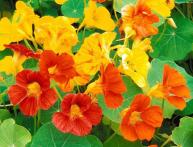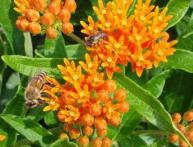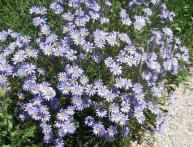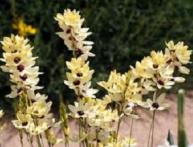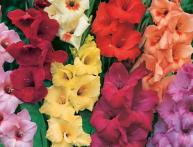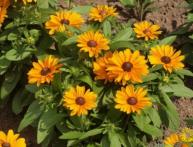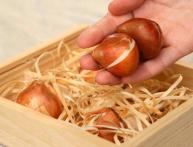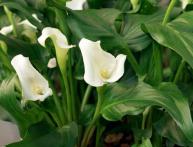The hazel grouse flowers in the photo are so different
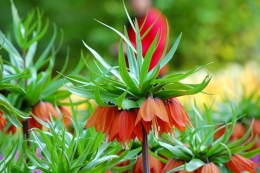
Hazel grouse is a perennial plant, the genus of which includes about 100 species. But in gardens and flower beds, most often you can see only three of its varieties: imperial hazel grouse, checkered hazel grouse and Mikhailovsky's hazel grouse. Because hazel grouse flowers in the photo look so different.
Hazel grouse blooms in the spring; its flowers have different colors depending on the variety, but their aroma is not distinguished by sophistication, which repels some pests.
Hazel grouse love fertile, loose soil and a sunny place in the garden. Although there are some varieties that prefer partial shade. When growing hazel grouse, you should take into account that excessive watering can cause the bulbs to rot, so you should not water the hazel grouse abundantly, so as not to cause stagnation of water.
Waterlogging also has an unfavorable effect on the flowering of plants. Before and after flowering, the hazel grouse must be fed with mineral and organic fertilizers, but manure is not suitable for this.
Hazel grouse can be propagated by bulbs or seeds. When the hazel grouse fades and the above-ground part of the plant dries out, then the bulbs are dug up, placed in sawdust and stored in a room with a temperature of at least 20 degrees until spring. The bulbs are planted in holes to a depth of 15-20 cm and at a distance of about 20 cm from each other.
Propagation of hazel grouse by bulbs is preferable, since when grown from seeds, hazel grouse blooms only in 5-7 years.
You will almost never see fritillary flowers in the photo affected by any disease, since they are resistant to disease.Pests that can affect hazel grouse include slugs and snails, wireworms and lily leaf beetles.

